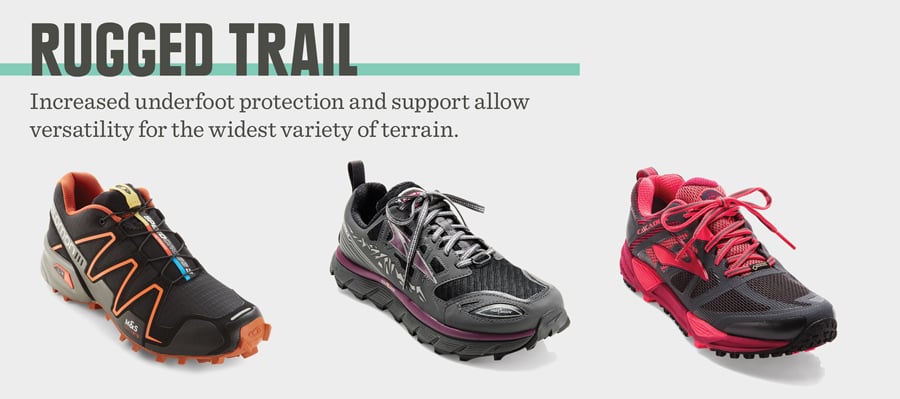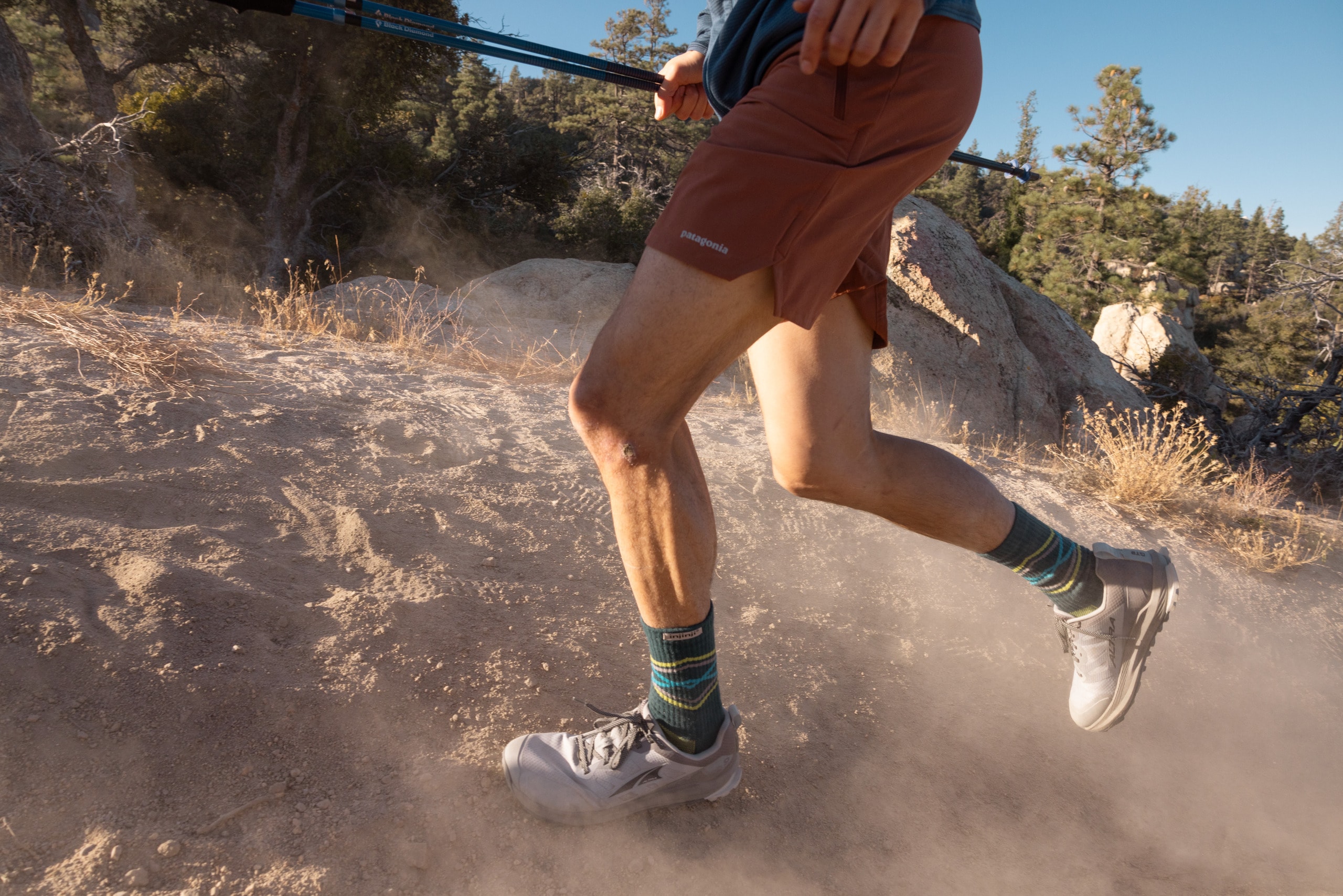Are you ready to take your long-distance running to the next level? Choosing the right pair of running shoes is crucial for comfort, performance, and injury prevention.
But with so many options out there, how do you find the perfect pair? Imagine gliding through your runs with ease, feeling as if the shoes are an extension of your own feet. This is the power of the right running shoe.
In this guide, you’ll uncover the secrets to selecting shoes that not only fit like a dream but also enhance your endurance and performance. Get ready to step up your running game and discover the shoes that could transform your long-distance experience. Stay tuned, as the perfect pair awaits just around the corner!
Choosing The Right Shoe Type
Neutral shoes are good for runners with normal arches. They offer cushioningand supportfor the feet. Stability shoes help runners with flat feet. They have extra arch support. This keeps feet from rolling inwards. Picking the right shoe depends on your foot type. Ask a shoe expert if unsure.
Trail running shoes are for rocky paths. They have a tough gripand protect against stones. Road running shoes are lighter. They suit smooth roads and tracks. Each shoe type helps with different surfaces. Choose based on where you run most. This choice keeps your feet safe and comfortable.
Determining Your Foot Shape
Feet have three main arch types: low, neutral, and high. Low arches, or flat feet, need supportive shoes. These help in balancing the foot. Neutral arches are more common. They work well with most running shoes. High arches require shoes with extra cushioning. This helps to absorb shock.
Pronation refers to how your foot rolls when you run. Overpronation means your foot rolls inward a lot. Shoes with motion control can help. Underpronation, or supination, is when feet roll outward. Cushioned shoes are best for this. Neutral pronation is balanced. Most running shoes will fit well.
Importance Of Cushioning
Cushioningis key for comfort in long-distance running. Soft shoes help feet feel good. Shoes with extra padding make running easier. They protect feet from hard ground. Cushioning absorbs shock. This prevents pain and injuries.
Running long distances can hurt feet. Good shoes make a big difference. They keep feet from feeling tired. They also help avoid blisters. Comfortable shoes mean happy feet. Happy feet mean better runs. Running feels nicer with the right shoes.
| Material | Benefits |
|---|---|
| Foam | Soft and springy. Helps with shock. |
| Gel | Reduces impact. Makes shoes comfy. |
| Air | Lightweight. Provides good support. |

Finding The Perfect Fit
Proper shoe size is important. Feet swell during long runs. Choose shoes with extra room. This avoids tightness and blisters. Use a thumb’s width to measure space. Check this at the shoe’s end. Ensure the shoe hugs your heel snugly. This prevents slipping.
The toe box should be roomy. This gives toes space to move. Cramped toe boxes cause pain. Also, choose shoes with breathable materials. This keeps feet cool and dry. Test shoes by wiggling your toes. They should move freely. This ensures comfort during long runs.
Assessing Shoe Durability
Assessing shoe durability is crucial for long-distance runners seeking reliable footwear. Durable shoes withstand wear and tear, providing support and comfort. Quality materials and sturdy construction ensure lasting performance, helping runners avoid frequent replacements.
Materials To Look For
Good running shoes use strong materials. Leather and synthetic mesh are common. These materials last long and are light. Rubber soles give shoes a strong base. This helps shoes stay in shape. Cushioning inside shoes keeps feet comfy. EVA foam is often used for this. It is soft and durable. Check for these materials when choosing shoes.
Wear And Tear Indicators
Shoes show signs of wear over time. Frayed laces are a clear sign. Look for worn-out soles. They might be flat or thin. Torn fabric is another indicator. Check for loose stitches too. If shoes feel less comfy, they might be worn. It’s important to replace shoes when you see these signs. This keeps your feet safe during runs.
Evaluating Breathability
Breathable shoeshelp keep feet cool and dry. Good shoes have mesh and ventilationfeatures. Mesh allows air to movethrough the shoe. Ventilation holes help air flow better. Both features are important for foot health.
Feet get hot during long runs. Hot feet can sweat a lot. Sweaty feet can cause blisters. Blisters hurt and slow you down. Breathability helps prevent blisters. Cool and dry feet feel good and stay healthy.
Good breathability also helps with foot odor. Less sweat means less smell. Smelly feet can be embarrassing. Choose shoes with mesh and ventilation. Keep your feet happy and healthy.
Analyzing Weight And Flexibility
Lightweight shoesare great for long runs. They help you run faster. Your feet will feel less tired. Flexibility is also key. It lets your feet move naturally. This helps reduce injury risks. Some shoes bend easily. Others are stiffer. Choose what feels best for you.
Long runs need special shoes. These shoes offer better cushioningfor comfort. They help with foot pain. A good shoe can last longer. It supports your feet well. This is important for long distances. You need shoes that can handle many miles.
Heavy shoes give more support. But they can slow you down. Light shoes feel fast. But they may lack support. Finding balance is important. Look for shoes that fit right. They should support your arch. Good shoes keep your feet safe. They make running fun.

Considering Brand And Model
Finding the right running shoe is very important. Nike offers good cushioning and support. Adidas is known for its comfort and durability. Asics is loved for its fit and stability. Brooks shoes are perfect for long runs. New Balance provides good arch support. Each brand has unique features. Choose based on your needs.
Read reviews before buying. Many runners like Nike’s Air Zoom for its light feel. Adidas Ultraboost is praised for comfort. Asics Gel Nimbus is great for support. Runners recommend Brooks Ghost for stability. New Balance Fresh Foam is loved for its cushioning. Reviews help find the best choice for you.
Budgeting For Purchase
Choosing the right running shoes is important. Price and quality can vary a lot. Cheaper shoes might not last long. Spending a bit more might get you better quality. But it’s not always true. Sometimes, mid-priced shoes offer great value. They can give good comfort and durability. Reading reviews can help. Friends and experts might give good advice. Always check the shoe’s fit and comfort. Try them on before buying. This ensures you get the best value for your money.
Good shoes are a long-term investment. They protect your feet. They also last longer. Cheap shoes might wear out fast. More expensive shoes might save money over time. They reduce the risk of injury. Injuries can be costly. Comfort is key. Your feet will thank you. Make a wise choice. Think about the future. Invest in quality, if possible.
Testing Shoes Before Buying
Trying shoes in-store helps find the best fit. Walk around the store to feel comfort and support. Check the shoe size and width carefully. Run in place to test cushioning. Wiggle toes to ensure space. Bend the shoe to see flexibility. Examine the heel for snugness. Ask the staff for help and advice.
Test shoes at home to be sure. Wear them around the house. Try running to feel how they perform. Check comfort over time. Inspect for issues like tightness or rubbing. Use a mirror to see the fit. Return shoes if they do not fit well. Many stores offer easy returns for unworn shoes. Keep the box and receipt for returning.

Frequently Asked Questions
How To Choose Shoes For Long Distance Running?
Choose lightweight shoes with good cushioning. Ensure a snug fit to prevent blisters. Opt for breathable materials for comfort. Prioritize durability for long-lasting wear. Test shoes on a short run before buying.
What To Wear For Long Distance Running?
Wear moisture-wicking clothes, comfortable running shoes, and supportive socks for long-distance running. Consider a breathable hat and sunglasses for sun protection. Dress in layers for varying temperatures, and choose reflective gear for visibility in low light conditions.
What Is The Maximum Distance To Run In Running Shoes?
Running shoes typically last 300 to 500 miles. The maximum distance varies based on factors like shoe quality, running surface, and individual stride. Regularly inspect your shoes for wear to ensure they provide adequate support and cushioning. Proper maintenance can help extend their lifespan.
What Makes A Long Distance Running Shoe?
Long-distance running shoes offer cushioning, support, and durability. They feature lightweight materials for reduced fatigue. Proper fit ensures comfort over long runs. Advanced shock absorption minimizes impact stress. Breathable fabrics keep feet cool and dry. Reliable traction enhances grip on various surfaces.
Designed for endurance and stability.
Conclusion
Choosing the right running shoes makes a big difference. Comfort and support are key. Think about your foot type and running style. Don’t forget to consider the terrain. Different surfaces need different shoes. Try on several pairs for the best fit.
Your feet swell during long runs, so allow extra space. Quality shoes prevent injuries. They last longer and improve performance. Invest time in finding the right pair. Your feet will thank you. Happy running!
Read More:
- Strength Training Program for Beginners 2025: Start Strong
- Kettlebell Workout Plan for Fat Loss: Transform Your Body
- Home Power Rack Buying Guide USA: Top Picks & Tips
- Best Protein Timing for Strength Athletes: Maximize Gains
- Barbell Vs Dumbbell Strength Benefits: Maximize Gains
- Daily Mobility Routine for Desk Workers: Boost Your Health
- Cryotherapy Benefits And Pricing USA: Maximize Wellness
- Intermittent Fasting Tips for Active Adults: Boost Energy